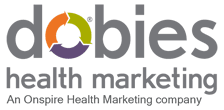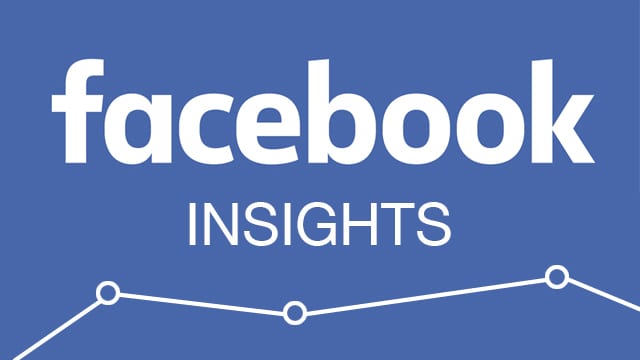Measuring Your Facebook Marketing Efforts
Track Insights to See What Connects with Healthcare Consumers
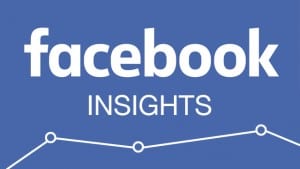 Research shows healthcare consumers look to social media for health information – and more than 40% take action based on health advice they find through social media. And that’s not just the younger demographics – for example, a 2013 Florida poll of adult internet users revealed that more than one third (36%) of individuals over the age of 50 have used social media to find and share health information. If done right, social media marketing and advertising can provide worthwhile opportunities to increase reach and engage individuals.
Research shows healthcare consumers look to social media for health information – and more than 40% take action based on health advice they find through social media. And that’s not just the younger demographics – for example, a 2013 Florida poll of adult internet users revealed that more than one third (36%) of individuals over the age of 50 have used social media to find and share health information. If done right, social media marketing and advertising can provide worthwhile opportunities to increase reach and engage individuals.
Facebook is an effective tool for reaching multiple demographics and provides meaningful insight to monitor the success of your messaging. Clicking on the Facebook Insights tab will give you a nice overview of how your posts are performing, including information on page likes, post reach and overall engagement. Here are a few insights to consider when using Facebook to engage with healthcare consumers:
Reach
Reach—or the number of people who are served your Facebook post, both organically and through paid advertising—means actual people, not impressions. In other words, if one person sees your organization’s Facebook post 30 times, it counts as one person reached, not 30.
You can find information about the people your Facebook posts are reaching by clicking “People Reached” in the People section of your Facebook Insights:
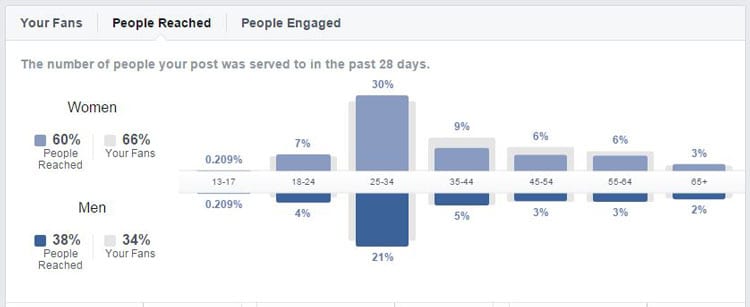
You can reach people organically for free, meaning individuals will naturally see your post when their Facebook friend(s) “like” or comment on your post. You can also use paid posts — which include advertisements as well as boosted posts — to expand your audience based on your budget and number of active users in your specified target area.
Engagement
Another important insight to track is engagement, or the number of people who “like,” comment, or share your organization’s Facebook post. You can see the breakout of engagement on a post itself or under the Posts section of Facebook Insights. This statistic is also included in the total number of “clicks” on your post (unlike traditional display ads, in which clicks usually indicate the number of users sent to your campaign’s landing page). If you want to track clicks to your landing page, you can use a custom URL in your post like you would with a display ad.

Likes, Comments and Shares
You will receive notifications (either by email or directly to your Facebook account) for “likes,” comments and shares on your health organization’s paid and unpaid posts. Facebook breaks down paid “likes” as those that occur within one day of viewing your paid post or 28 days of clicking on your paid post. So, even if an individual doesn’t get to your Facebook page directly by clicking your paid post, you can still monitor his or her activity with Facebook Insights.
Monitoring comments and shares on your posts provides great qualitative feedback. Responding to viewer’s remarks creates meaningful dialogue and shows consumers you are listening.
Negative Feedback
Facebook also monitors negative feedback, including the number of times a user hides your post, reports your post as spam or un-likes your health organization’s Facebook page. If you notice negative feedback, take action to understand and alleviate or correct the matter responsibly. Sometimes negativity is caused by an issue that can easily be resolved if addressed professionally and in a timely manner. If ignored, it may lead to bigger issues.
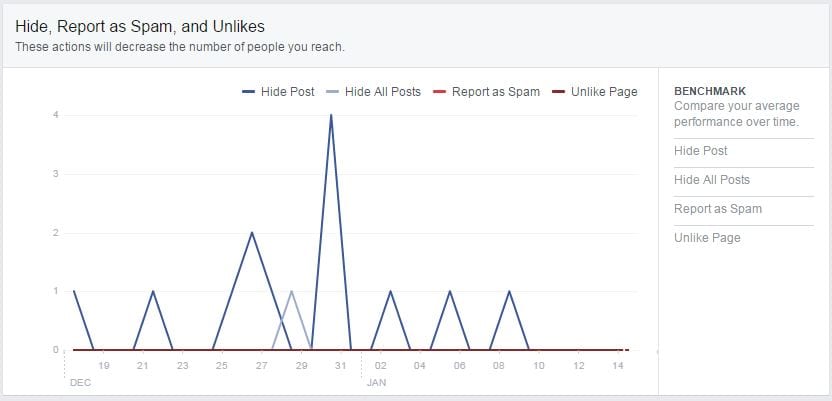
As digital media becomes more and more integrated into our everyday lives, healthcare marketers are getting increasingly comfortable using it as a tool to engage with consumers. By monitoring insights such as reach, engagement, likes, comments and shares, you can adapt your social media marketing efforts to better reach and resonate with your target audience.
